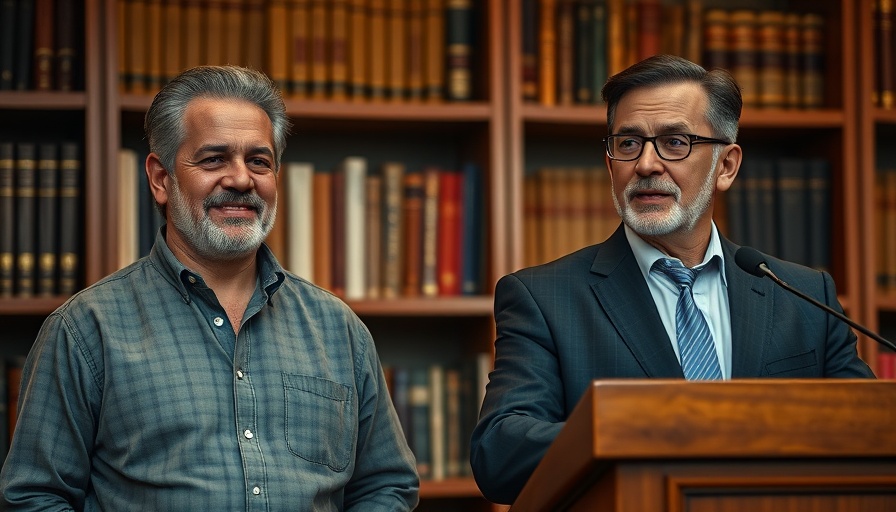
AI’s Revolution in Coding: A Double-Edged Sword for Programmers
The discourse surrounding artificial intelligence (AI) and its potential to reshape various job sectors has gained significant traction, particularly with regards to programming. Recently, high-profile figures like Sridhar Vembu, founder of Zoho, and Sam Altman, CEO of OpenAI, have voiced their concerns about the future job landscape in software engineering. According to Vembu, AI could automate up to 90% of programming tasks by reducing repetitive work, commonly referred to as 'boilerplate' code. His assertion, rooted in longstanding coding principles, urges stakeholders to recognize the difference between 'necessary complexity' and the trivial tasks that AI can easily handle.
In his statement, Vembu emphasized, "When people say 'AI will write 90 percent of the code' I readily agree because 90 percent of what programmers write is 'boiler plate.'" This sentiment beckons an important question: what does this mean for the future of software engineering? As AI begins to take on the more mundane aspects of coding, it may allow human engineers to focus on innovative and complex problem-solving tasks.
The Shifting Landscape of Software Engineering Jobs
Sam Altman supports Vembu's viewpoint, suggesting that advancements in AI technologies will drastically alter the ratio of human software engineers needed in the workforce. He notes that many companies are already seeing substantial portions—potentially over half—of their code being generated by AI. While this increases efficiency, it also raises concerns about job sustainability for future programmers. Altman noted, "Each software engineer will just do much, much more for a while, and then at some point, yeah, maybe we do need less software engineers." This shift, while beneficial for productivity, casts a shadow on job security.
As the demand for traditional coding skills might diminish, emerging roles that require human intuition, creativity, and ethical considerations in programming will likely take their place. Cultivating a workforce adept at navigating this changing landscape will be crucial for future economic stability.
Historical Context: The Evolution of Work in Tech
The tech industry has always been characterized by rapid changes and evolving roles. Historically, each major technological advancement—from the invention of the microprocessor to the advent of the internet—has transformed the job market. For software engineers, the introduction of AI presents both an opportunity and a challenge. Similar to when developers had to adapt to new programming languages and frameworks, a shift toward AI-driven coding will require professionals to update their skills continually. The necessity for lifelong learning has never been more apparent.
Predictions for the Future: AI and the Human Touch
Looking ahead, the future of coding could evolve into a hybrid model, where AI acts as a collaborator rather than a competitor. The concept of 'agentic coding,' where AI takes on more advanced coding tasks and decision-making abilities, is still in its infancy but holds promise for revolutionizing how software is developed. However, one of the critical challenges that remain is ensuring that human engineers retain oversight and ethical control over AI-collaborated projects.
Understanding the Emotional Impact on Coders
As the conversation around AI's impact on coding jobs gains momentum, it's essential also to consider the emotional perspective from those within the industry. Many programmers may feel anxious about their job security and the potential obsolescence of their roles. The anxiety stemming from these changes is valid; however, the opportunity for engineers to engage more deeply with the creative aspects of their work could mitigate some of these concerns. Embracing the potential for innovation could allow coders to redefine their professional identities in exciting new ways.
Concluding Thoughts
As AI technology continues to advance, the future of coding jobs presents both challenges and opportunities. While AI may indeed take over many repetitive coding tasks, the unique skills and creativity that human engineers offer will remain invaluable. Embracing this technological shift could redefine success in the coding realm, allowing professionals to navigate and harness the changing tides in the workforce. Adaptation and reskilling will be paramount as we move toward a future where AI and human collaboration shapes the future of software engineering.
 Add Row
Add Row  Add
Add 




 Add Row
Add Row  Add
Add 

Write A Comment